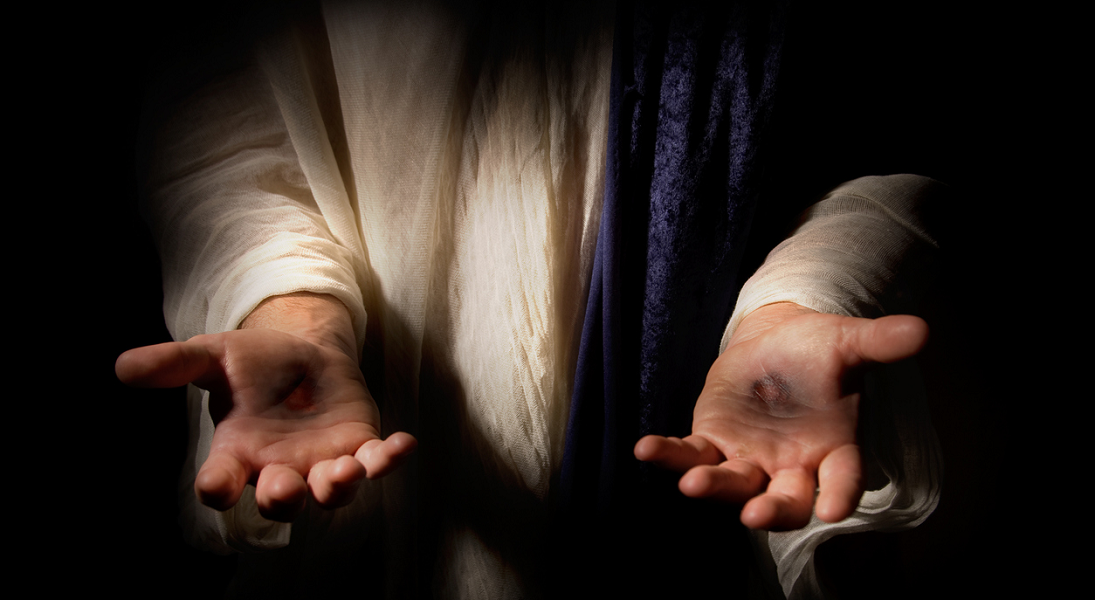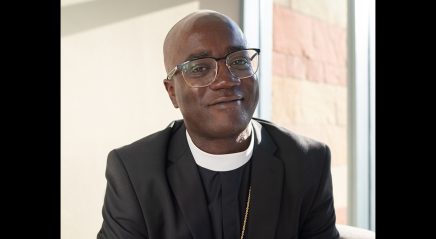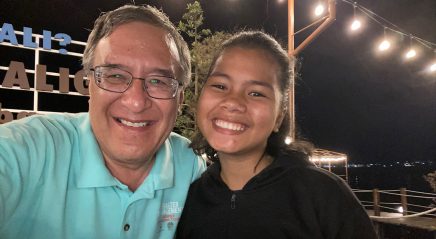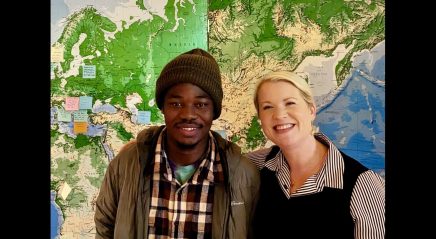I was half-listening to the radio in our garage and don’t even remember the name of the show, but I suddenly perked up when someone asked: “What advice would you give your high-school self?” Perhaps you’re like me and there’s not much of that era you care to revisit, but the question piqued my imagination.
I went on a bike ride. Upon returning, the question was still rummaging around and addressing my 17-year-old adolescence. After naming the obvious (save more money and don’t blow it on stupidity), I was ready to consider more subversive suggestions. Advice like this: Show more vulnerability. Let go of always trying to be in control of outcomes.
And then this: Dare to show your wounds to others you trust. Everybody’s got scars; there’s power in sharing them.
Dare to show your wounds to others you trust. Everybody’s got scars; there’s power in sharing them.
•••
The disciples are together on that first Easter evening (John 20:19) behind locked doors. I don’t blame them—crucifixions were contagious. Suddenly, Jesus stands among them and says, “Peace be with you.”
Then he raises his tunic and points to the recent wound on his side. He pulls back sleeves and invites a close gander at his palms. “Then the disciples rejoiced when they saw the Lord” (20:20). And not a second sooner. It’s an important Easter detail.
Near the end of The Odyssey, Homer’s ancient tale, Odysseus finally returns home. The family nurse, Eurycleia, begins to bathe a man whom she thinks is some stranger. Only when she sees Odysseus’ old hunting wound does recognition occur. From “Book Nineteen” of the old epic: “This was the scar the old nurse recognized; she traced it under her spread hands, then let it go, and into the basin fell the lower leg. … Her eyes filled up with tears; her throat closed, and she whispered, ‘Oh yes! You are Odysseus! Ah, dear child! I could not see you until now.’ ”
Jesus showed them his wounds. The disciples rejoiced when they saw their old friend. They could not see him until then.
•••
This old Easter evening reunion suggests a vital purpose for congregations. One test of a faithful community is to follow Jesus’ lead here. How will church members safely reveal old wounds to one another? Present scars?
“Unless I see the mark of the nails in his hands … I will not believe,” Thomas said (20:25). Unconvinced of Easter’s promises, perhaps this is what “Thomases” outside (and inside) Christ’s church are searching for—authenticity.
Far more than assembling with relative strangers for an hour each week, church unites us in community with precisely what we have in common. Not our potential, social standing or even our shared Lutheran theology, but centrally our scars, and how Jesus forms and calls a congregation to discover and help bear the wounds of others.
He stands in the middle of the community with palms outstretched, wounds wide open for examination. “Peace be with you,” Jesus says. And when we share this peace with each other before communion each week, it’s far more than a way of saying, “Good morning, so good to see you. How about those Clemson Tigers?”
The liturgical practice of “Sharing the peace” resurfaced in most Lutheran congregations with the advent of the Lutheran Book of Worship (1978) but stretches back to the first decades of the early church. In this ancient worship gesture, we offer profound hope and reconciliation, daring to share life’s agonies and joys. Afterward, the church passes around body and blood. Ponder the implications of such an earthy exchange.
•••
Jesus exhibited scars even on Easter. And so we come to terms with our own—a large part of one’s identity. As we share old and fresh wounds safely in community, perhaps Christ is saying to us: “Ah, dear children. I could not see you. I could not see you until now.”
The body of Christ is most visible when the scars come out.









